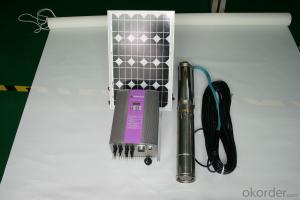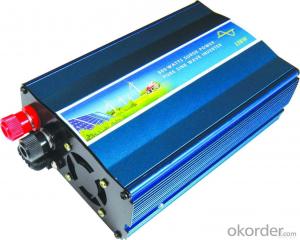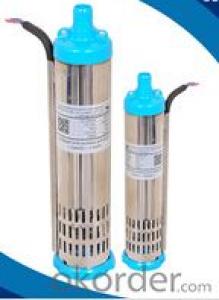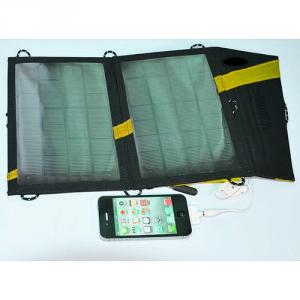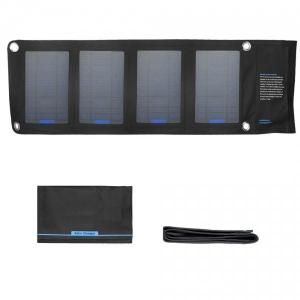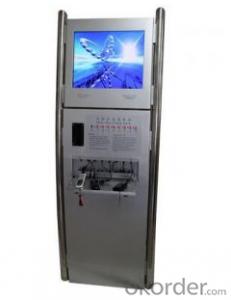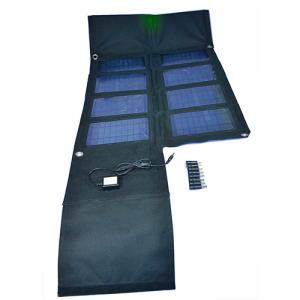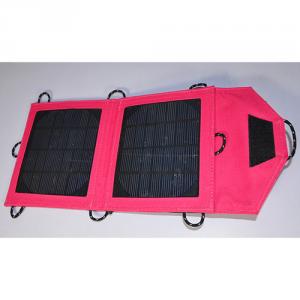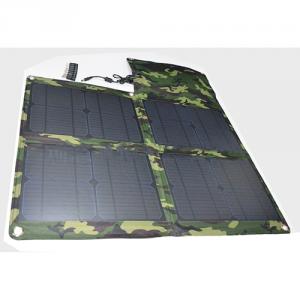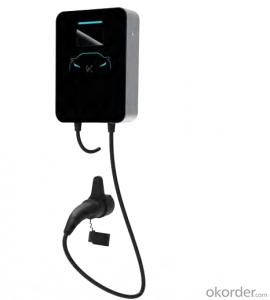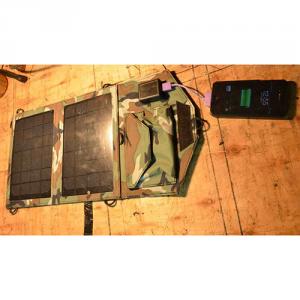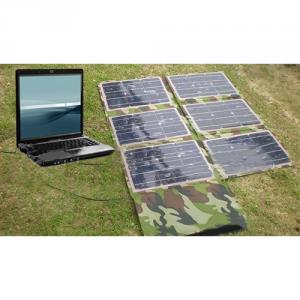Inverter For Solar Power Plant
Inverter For Solar Power Plant Related Searches
Inverter For Solar Battery Inverter For Solar Inverter In Solar Power Plant Power Inverter For Solar Panel Inverter For Solar Farm Solar Power Inverter For Home Solar Power Inverter For House Inverter For Home Solar Solar Battery For Inverter Home Power Inverter For Solar Solar Inverter For Battery Solar Charger For Inverter Solar Inverter For Home Solar Energy Inverter For Home Solar System Inverter For Home Type Of Inverter For Solar Solar Power Plant Inverter Solar Plant Inverter Best Inverter For Solar Solar Panel Inverter For Home Inverter With Solar Input Solar Power To Inverter Best Inverter For Solar System Power Solar Inverter Inverter In Solar Solar Power Battery Inverter Solar Battery Inverter Inverter In Solar Energy Inverter For Home Solar System Best Inverter For Solar PanelsInverter For Solar Power Plant Supplier & Manufacturer from China
Inverters are essential components in solar power plants, converting the direct current (DC) generated by solar panels into alternating current (AC) that can be utilized by the electrical grid or other AC-powered devices. These devices play a critical role in ensuring the efficient operation of solar power systems, and their reliability and performance directly impact the overall effectiveness of the solar power plant.The application of inverters in solar power plants is widespread, as they are used in both residential and commercial setups. They are responsible for managing the power output from solar panels, ensuring that it is compatible with the electrical grid or local power requirements. In addition to their primary function, inverters also provide important monitoring and diagnostic capabilities, allowing system operators to track the performance of their solar power plants and identify any potential issues.
Okorder.com is a leading wholesale supplier of inverters for solar power plants, offering a vast inventory of high-quality products to cater to the needs of various customers. With a commitment to providing reliable and efficient solutions, Okorder.com ensures that their inverters meet the highest industry standards and are suitable for a wide range of solar power plant applications. By partnering with Okorder.com, customers can benefit from their extensive experience and expertise in the solar power industry, ensuring that they receive the best possible inverters for their solar power plant needs.
Hot Products

















